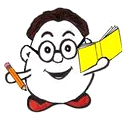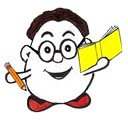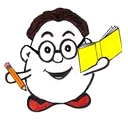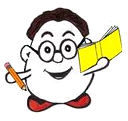 | ||||
 | ||||
a line of verse in poetry that is made up of five pairs of short/long or unstressed/stressed syllables
iambic pentameter
 | ||||
 | ||||
figurative language (figure of speech) made up of two or more elements that contradict themselves
Example: A fine mess
oxymoron
 | ||||
 | ||||
an English short-story writer, poet, novelist, winner of Nobel Prize of Literature in 1907 who was known for writing The Jungle Book
Rudyard Kipling
 | ||||
 | ||||
an Irish writer and poet who became one of London's most popular playwrights in the early 1890s and was best known for writing The Importance of Being Ernest
Oscar Wilde
 | ||||
 | ||||
an American poet, essayist, journalist, and part of the transition between transcendentalism (religious and philosophical movement) and realism
Walt Whitman
 | ||||
 | ||||
an American poet, social activist, novelist, playwright, columnist, and inventor of jazz poetry
Langston Hughes
 | ||||
 | ||||
an American Poet Laureate, memoirist, novelist, educator, dramatist, producer, actress, historian, filmmaker, and civil rights activist
Maya Angelou
 | ||||
 | ||||
An American poet who lived in isolation with her family, was influenced by the Metaphysical (bold, intellectual) English poets of the17th century, and wrote forty volumes of nearly 1,800 poems bound by hand, which were later discovered and published
onomatopoeia
 | ||||
 | ||||
the basic rhythmic structure of a verse in poetry
meter
 | ||||
 | ||||
an arrangement of words that have the same beginning consonant
alliteration
 | ||||
 | ||||
combining pieces of information to form an idea
synthesizing
 | ||||
 | ||||
Emily Dickinson
the use of words that imitate the sound of something
Reading: Poetry Part II - Flashcards
Use the flashcards to help you memorize the following terms and definitions. Then try the worksheets shown on the Reading Homepage. Once you are ready to quiz yourself, click the Quiz link.



